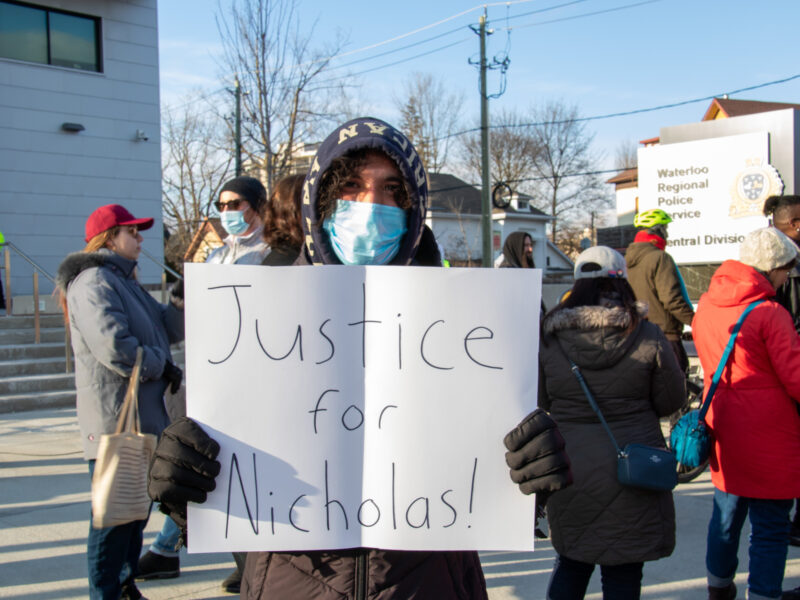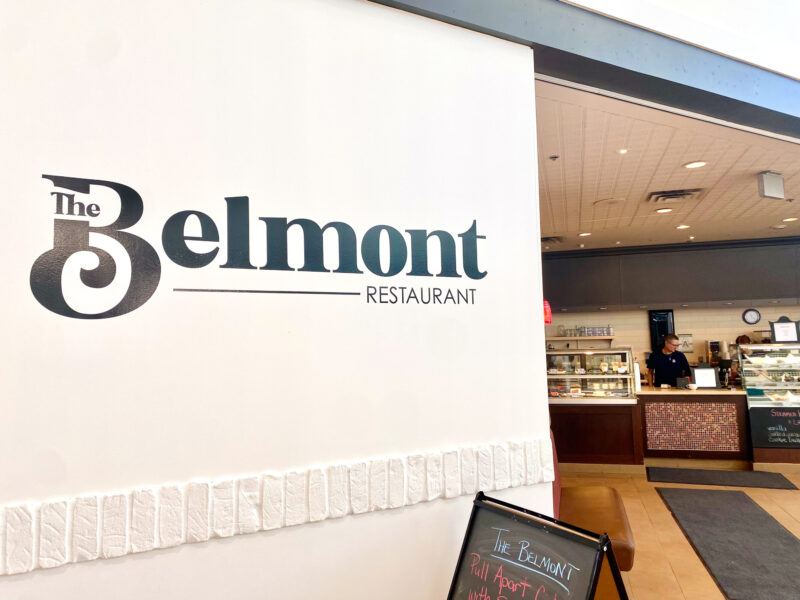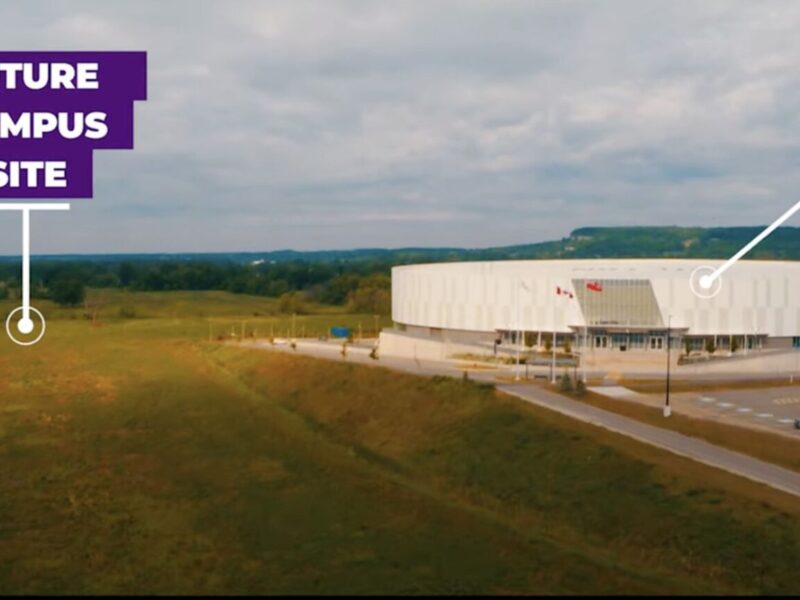Is going green really worth it?
The environmentalists will say yes, but what about those business owners who have to pay for these costly “environmentally friendly” upgrades? According to a study done by Gibbs & Soell, a public relations firm, in 2010, 78% of business executives said that going green was not worth it because there was little return on the investment. As well, 71% of respondents believed their customers would be unwilling to pay the premium price for “green” products – the average price increase for these products being 6.6%.
However, these numbers don’t seem to matter to Laurier Brantford, whose new buildings are their greenest yet.
The Brantford Research and Academic Center has been constructed with the goal of achieving a silver certification from the Leadership in Energy and Environmental Design (LEED) program. The LEED program certifies that a building has been built and designed to have the smallest environmental impact in certain areas, including: energy savings, water efficiency, CO2 emissions reduction, and improved indoor environmental quality – elements that Director of Campus Operations Antonio Araujo feels are critical to our campus.
“All of these are important to our campus so that we can minimize our impact on the environment as we grow in the downtown district,” says Araujo.
The final cost for the Brantford Research and Academic Center was $36.5 million – a number that Araujo doesn’t see a problem with.
“Many green initiatives are more expensive in the short term,” he says, “but [they] have a long-term payback.”
These architectural design elements can provide a lot of these long-term benefits, including 25-33% increase in energy efficiency compared to the standard building, and a 30% reduction in indoor water use. As well, 90% of construction waste is diverted from landfills and sent for recycling.
“The LEED program and our adaptive re-use strategy in expanding the campus is an important part of the type of environment we are creating in downtown Brantford,” says Araujo.
This image works alongside Laurier Brantford’s Master Plan – a plan unveiled in October 2009, describing the next 15 years of Laurier Brantford’s growth – that is working to further integrate the Laurier Brantford campus into the downtown core. They are not only doing this by adding new green structures like the BRAC, but also by working with what they have.
“One significant factor is that Laurier Brantford is not only re-using buildings,” says Araujo, “we are also re-using existing urban infrastructure such as roads, sidewalks and utilities which are currently installed underground in the downtown already.”
The newest addition to campus – 97 Dalhousie Street, formerly Moody’s bar and strip club – while not LEED certified, it is a part of Laurier Brantford’s adaptive re-use strategy and will include energy efficient upgrades to the campus. It seems that campus officials are prepared to expand in an eco-friendly way, no matter the associated costs.



